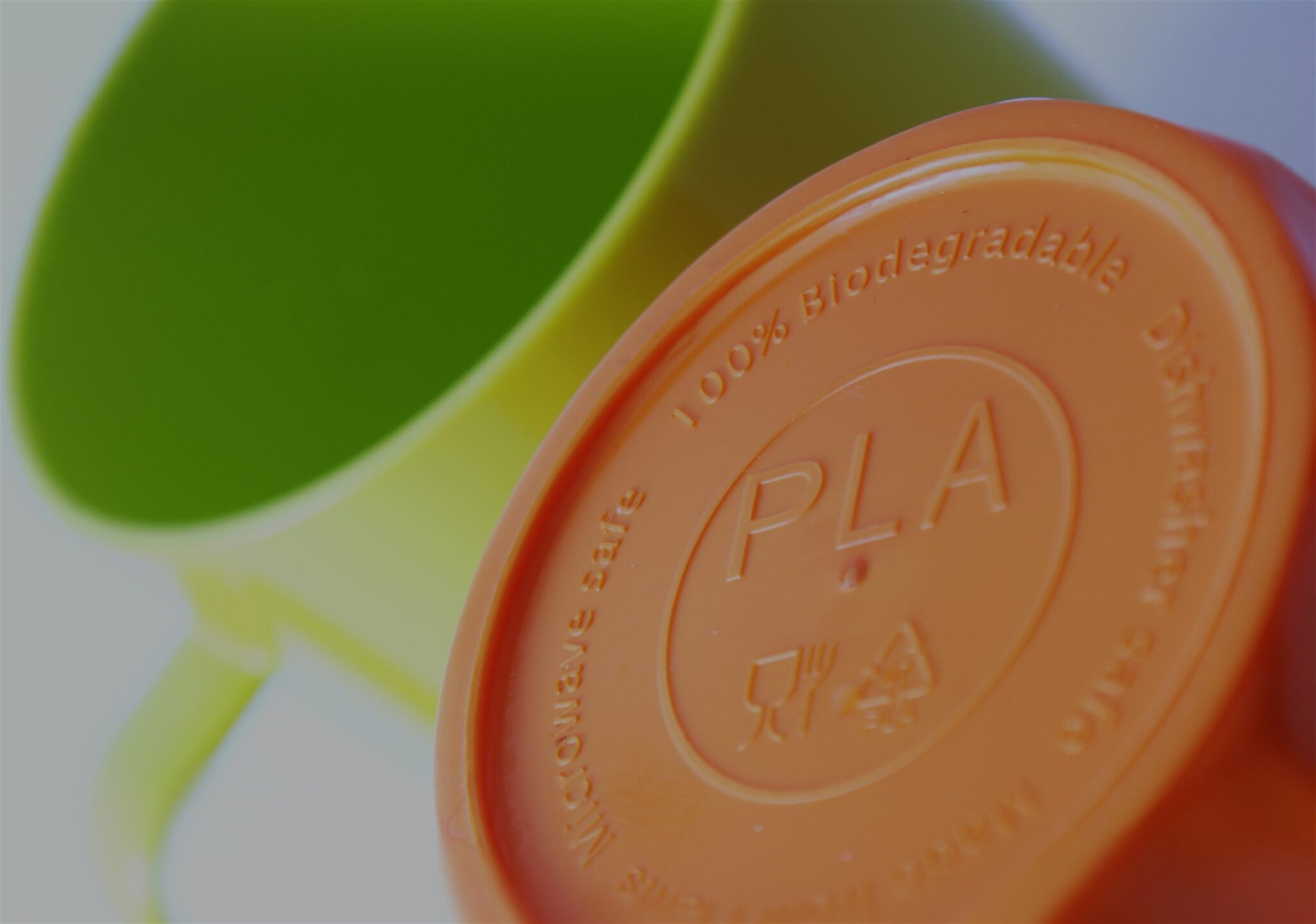

Originally published on fastradius.com on April 21, 2020
Choosing a material is one of the most important decisions an engineer or product designer can make. The material of a part will have a direct impact on its mechanical and chemical properties. For example, using a blend of acrylonitrile butadiene styrene (ABS) and polycarbonate (PC) will imbue an injection molded part with a unique mix of the strength and heat resistance of PC and the flexibility of ABS.
As part of the ongoing shift toward more sustainable, environmentally-friendly materials occurring across industries, both traditional and additive manufacturing service providers have in recent years invested more heavily in eco-conscious materials. Bioplastics have become a popular alternative to petroleum-based plastics. According to European Bioplastics, the global market for bioplastics is expected to jump 25% by 2023 and the global output of bioplastics is expected to reach 26.2 million tons per year.
In honor of Earth Day, we’re digging into PLA bioplastics. Here’s everything you need to know about this eco-friendly material.
PLA bioplastics are made from polylactic acid, a transparent thermoplastic aliphatic polyester made from renewable resources. Bio-based plastics like PLA are derived from biomasses like corn, sugarcane, seaweed, or even shrimp shells. PLA is also biodegradable, meaning it breaks down in natural environments and only leaves behind biomass, carbon dioxide, and water.
It’s important to note that not all bio-based plastics are necessarily biodegradable, and vice-versa. PLA bioplastics are the only commercially available bioplastics that are both bio-based and biodegradable, and they are one of the few bioplastics suitable for 3D printers.
In the first step of the production process for PLA bioplastics, cornstarch is separated from wet-milled corn, combined with acid or enzymes, and then heated. The heat breaks down the cornstarch and produces dextrose or corn sugar.
The corn sugar is then fermented to produce L-lactic acid, which is the main component of PLA. The lactic acid can either be used in its immediate state, which increases PLA’s molecular weight and thermal properties, or it can be directly polymerized.
Common types of PLA include poly L-lactide (PLLA), poly D-lactide (PLDA), and poly-DL-lactide (PDLLA).
PLA bioplastics receive a lot of buzz for being environmentally friendly. Since they’re derived from renewable resources, they don’t deplete the world’s finite supply of petroleum, and they are almost completely carbon neutral. They’re mechanically recyclable and don’t release toxic fumes when oxygenated. PLA bioplastics also have excellent mechanical properties compared to other polyesters.
Unfortunately, PLA bioplastics are not entirely harmless to the environment. Manufacturing with any plastic incurs a certain amount of waste and pollution — PLA bioplastics are no exception. There are still harvesting, refining, and shipping emissions to be considered.
Further, some question where PLA bioplastics stand in the larger picture of environmentalism and humanitarianism. For instance: is it ethical to use corn to make PLA bioplastics when food insecurity plagues much of the world? If more plastic manufacturers switch to bioplastics, areas blighted by deforestation, like the rainforests, could be even more vulnerable.
What’s more, bioplastics’ inherent recyclability can be easily compromised. PLA bioplastics are often mixed with less eco-friendly, non-recyclable polymers to increase their strength and protect them from becoming brittle. These hybrid PLA bioplastics will decompose to non-toxic materials in three months under specific composting conditions, but that same decomposition can take between 100 and 1,000 years in a standard landfill.
Still, PLA bioplastics are extremely versatile materials with a wide variety of use cases in many industries. Environmentally friendly cups, plastic containers, bottles, and tea bags are all made with PLA bioplastics. They are recognized as safe for food packaging applications by the United States Food and Drug Administration (FDA).
Many engineers in the medical industry prefer PLA bioplastics to petroleum-based plastics because they are nontoxic all the way through to decomposition. Products made with PLA bioplastics can dissolve in the body and are safe for use with minimal inflammation and risk of infection. Common applications include surgical screws and mesh, drug delivery systems, bone-fixation devices, and tissue engineering. While PLA has proven useful for these consumables, eco-friendly materials haven’t been developed to meet the stricter performance requirements of high-value applications.
While the place of PLA bioplastics in the grander vision for sustainability in the manufacturing industry is still being determined, this biodegradable and bio-based material is comparatively eco-friendly. It’s made from renewable materials and won’t leave waste behind. As it stands, however, no plastic is perfect, and it might be impossible to completely eliminate all waste and carbon emissions.
As the manufacturing industry continues to evolve toward a greener future, we hope to see more parts manufactured using PLA bioplastics and environmentally-conscious alternatives to petroleum-based materials with detrimental carbon footprints. Any steps we can take toward greater sustainability are steps worth taking.
At SyBridge, we want to bring to life products that create a better future. We’re always looking to make new things possible through on-demand manufacturing. Contact us today if you have an idea that could make the world a little greener — or if you’re ready to get started on your next manufacturing project.
Forget typical cycle times. We're pushing the boundaries of conformal cooling. While traditional approaches deliver…
Forget typical cycle times. We're pushing the boundaries of conformal cooling. While traditional approaches deliver…
From left to right: Brayden Janak (apprentice); Logan Vifaquain (CNC machining, Programming and CMM); Ron…
SyBridge Technologies is proud to announce we have been awarded the 2023 General Motors Supplier…
Today, designers and engineers are accustomed to working with digital tools in their day-to-day jobs.…
Optimizing Your Injection Molding Process for Cost-Effective Manufacturing Excellence In today’s competitive landscape, manufacturers are…